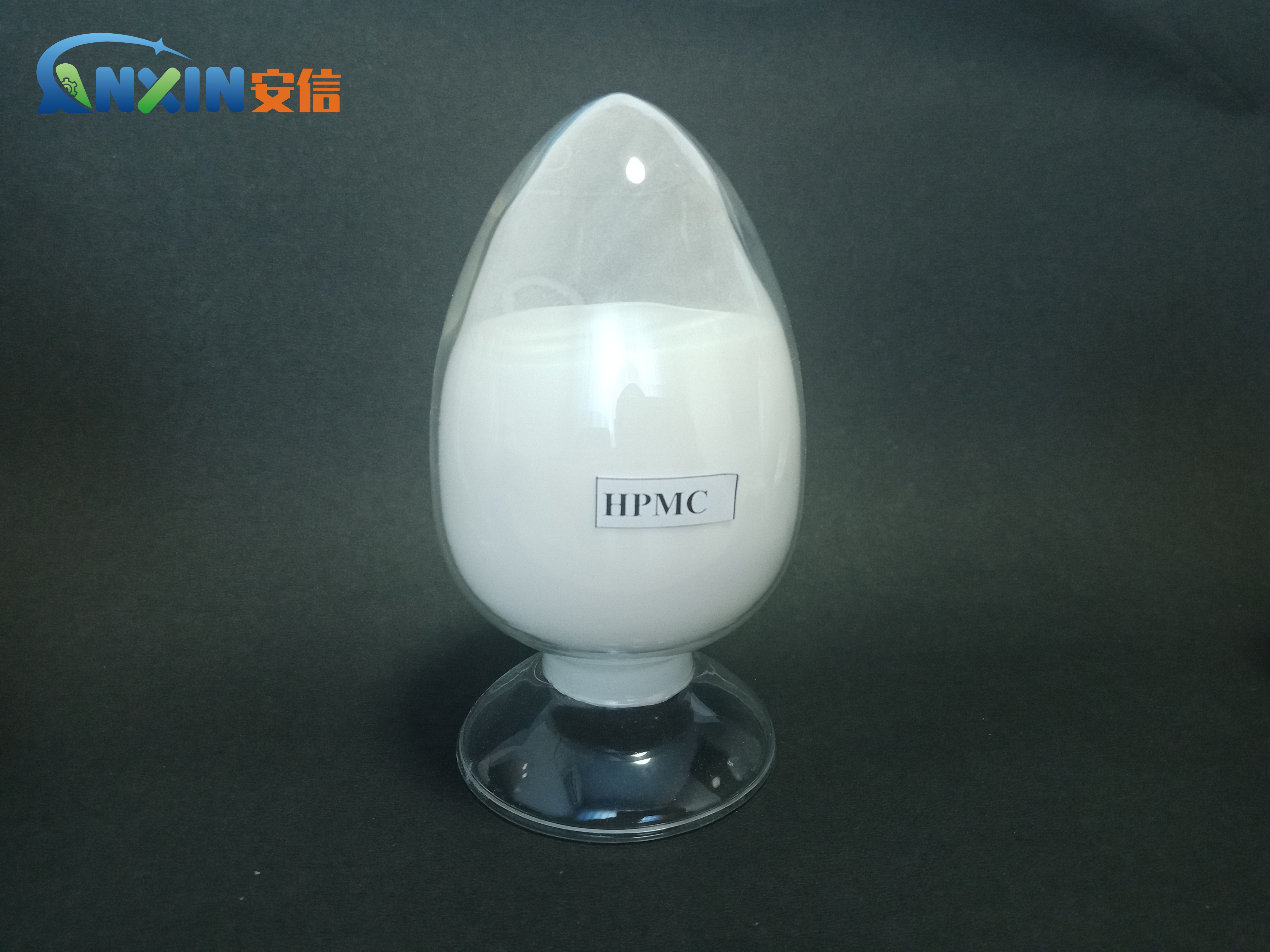The main performance characteristics of Hydroxypropyl MethylCellulose (HPMC)
Hydroxypropyl MethylCellulose (HPMC) is a versatile polymer with a wide range of performance characteristics that make it valuable in various industrial, pharmaceutical, personal care, food, and construction applications. Here, I’ll delve into the main performance characteristics of HPMC in detail:
1. Water Solubility: HPMC is soluble in water, and its solubility increases with temperature. This property allows for easy dispersion and incorporation into aqueous systems, making HPMC suitable for use in liquid formulations such as paints, adhesives, and personal care products. The water solubility of HPMC also enables controlled release of active ingredients in pharmaceuticals and food products.
2. Thickening and Viscosity Modification: One of the primary functions of HPMC is its ability to thicken aqueous solutions and modify their viscosity. HPMC forms viscous solutions when dispersed in water, and the viscosity of these solutions can be adjusted by varying factors such as polymer concentration, molecular weight, and degree of substitution. This thickening property is utilized in products such as paints, coatings, adhesives, and personal care products to improve flow control, sag resistance, and application properties.
3. Film Formation: HPMC has the ability to form clear, flexible films when dried, which adhere well to various substrates. This film-forming property makes HPMC suitable for use as a coating material in pharmaceutical tablets, dietary supplements, food products, and construction materials. HPMC films provide moisture protection, barrier properties, and controlled release of active ingredients.
4. Water Retention: HPMC exhibits excellent water-retention properties, which make it effective as a humectant and moisturizer in personal care products such as lotions, creams, shampoos, and soaps. HPMC helps to prevent water loss from the skin and hair, maintaining hydration and improving the overall moisturizing efficacy of the product.
5. Surface Activity: HPMC molecules have amphiphilic properties, allowing them to adsorb onto solid surfaces and modify surface properties such as wetting, adhesion, and lubrication. This surface activity is utilized in applications such as ceramics, where HPMC acts as a binder and plasticizer in ceramic formulations, improving green strength and reducing defects during processing.
6. Thermal Gelation: HPMC undergoes thermal gelation at elevated temperatures, forming gels that exhibit pseudoplastic or shear-thinning behavior. This property is exploited in applications such as food products, where HPMC gels provide thickening, stabilization, and textural enhancement.
7. pH Stability: HPMC is stable over a wide pH range, from acidic to alkaline conditions. This pH stability makes HPMC suitable for use in a variety of formulations, including pharmaceuticals, where it can maintain its functionality and performance under different pH conditions.
8. Compatibility with Other Ingredients: HPMC is compatible with a wide range of other ingredients, including surfactants, salts, polymers, and active ingredients. This compatibility allows for the formulation of complex systems with tailored properties and functionalities, enhancing the versatility and performance of HPMC in various applications.
9. Controlled Release: HPMC is commonly used as a matrix former in controlled-release drug delivery systems. Its ability to form gels and films allows for the sustained release of active pharmaceutical ingredients over an extended period, providing improved drug efficacy and patient compliance.
10. Adhesion: HPMC acts as an effective adhesive in various applications, including construction materials, where it improves the adhesion of coatings, paints, and plasters to substrates such as concrete, wood, and metal. In personal care products, HPMC enhances the adhesion of creams, lotions, and masks to the skin, improving product efficacy and longevity.
11. Rheology Control: HPMC imparts shear-thinning behavior to formulations, meaning that their viscosity decreases under shear stress. This rheological property improves the application properties of paints, coatings, adhesives, and personal care products, allowing for smooth and uniform application.
12. Stabilization: HPMC serves as a stabilizer in emulsions and suspensions, preventing phase separation and sedimentation of dispersed particles. This stabilization property is utilized in food products, pharmaceutical formulations, and personal care products to maintain homogeneity and improve shelf stability.
13. Film Coating: HPMC is widely used as a film-coating agent for pharmaceutical tablets and capsules. Its ability to form thin, uniform films provides moisture protection, taste masking, and controlled release of active ingredients, improving drug stability and patient acceptability.
14. Gelling Agent: HPMC forms thermally reversible gels in aqueous solutions, making it suitable for use as a gelling agent in food products, pharmaceuticals, and personal care products. HPMC gels provide texture, body, and stability to formulations, enhancing their sensory attributes and functionality.
15. Foam Stabilization: In food and personal care products, HPMC acts as a foam stabilizer, improving the stability and texture of foams and aerated systems. Its ability to increase viscosity and enhance interfacial properties helps to maintain foam structure and prevent collapse.
16. Nonionic Nature: HPMC is a nonionic polymer, meaning it does not carry an electrical charge when dissolved in water. This nonionic nature provides stability and compatibility in a wide range of formulations, allowing for easy incorporation and uniform distribution of HPMC in complex systems.
17. Safety and Biocompatibility: HPMC is considered safe for use in pharmaceuticals, food products, and personal care products. It is biocompatible, non-toxic, and non-irritating to the skin and mucous membranes, making it suitable for topical and oral applications.
18. Versatility: HPMC is a versatile polymer that can be tailored to meet specific application requirements by adjusting parameters such as molecular weight, degree of substitution, and substitution pattern. This versatility allows for the development of customized formulations with optimized properties and performance.
19. Environmental Friendliness: HPMC is derived from renewable cellulose sources such as wood pulp and cotton fibers, making it environmentally friendly and sustainable. It is biodegradable and compostable, minimizing environmental impact and supporting green initiatives in various industries.
Hydroxypropyl MethylCellulose (HPMC) exhibits a wide range of performance characteristics that make it a valuable additive in numerous industrial, pharmaceutical, personal care, food, and construction applications. Its water solubility, thickening ability, film formation, water retention, thermal gelation, surface activity, pH stability, compatibility with other ingredients, controlled release, adhesion, rheology control, stabilization, film coating, gelling, foam stabilization, nonionic nature, safety, biocompatibility, versatility.
Post time: Mar-23-2024
